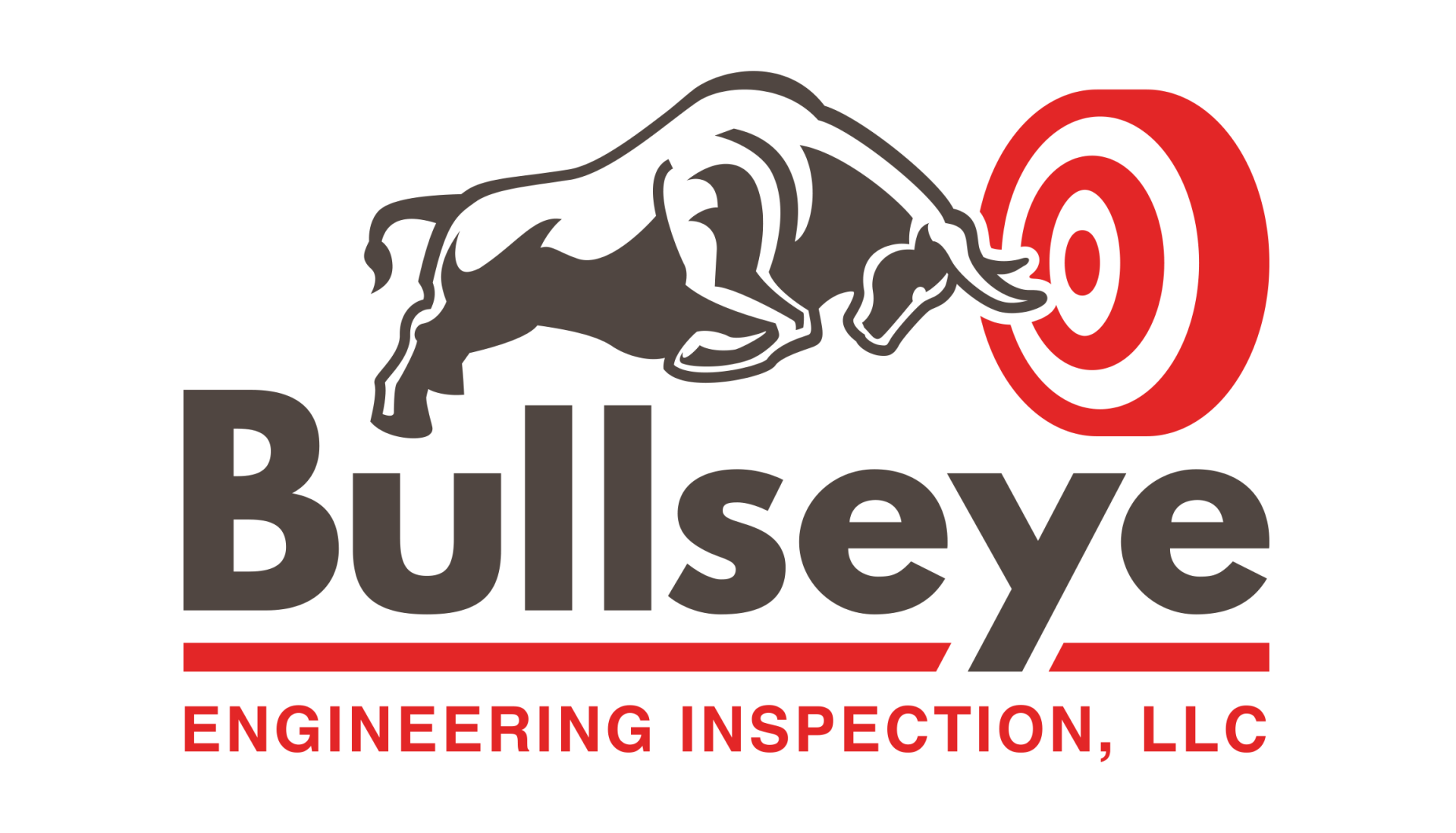
In a world where unseen threats lurk beneath the surface, infrared thermography inspection shines a light on potential dangers before they escalate. By harnessing the power of technology, this method detects anomalies not visible to the naked eye, safeguarding your investments and ensuring peace of mind. Join us on a journey to explore the transformative impact of infrared thermography inspection in property maintenance and beyond.
Understanding the Basics of Infrared Thermography
Before diving into the intricacies of infrared thermography inspection, it’s essential to grasp the fundamental principles at play. Unlike traditional visual inspections, infrared thermography relies on thermal imaging to detect variations in surface temperature. These variations can highlight potential issues such as electrical faults, insulation deficiencies, or moisture intrusion. By capturing thermal data in real-time, infrared thermography offers a non-invasive and efficient way to assess the health of your property.
Moreover, infrared thermography can identify problems at an early stage, preventing minor issues from escalating into major disasters. By pinpointing areas of concern before they become visible or cause significant damage, this technology acts as a proactive tool for property maintenance. Whether it’s detecting overheating electrical components, water leaks, or energy inefficiencies, infrared thermography inspection provides a comprehensive view of your property’s condition.
In essence, infrared thermography serves as a diagnostic tool that reveals hidden issues lurking beneath the surface. By translating thermal patterns into actionable insights, inspectors can recommend targeted solutions to mitigate risks and enhance the overall safety of a property. With its ability to visualize thermal energy patterns, infrared thermography inspection transforms the way we perceive maintenance and safety in the built environment.
The Advantages of Utilizing Infrared Thermography Inspection
The utilization of infrared thermography inspection offers a multitude of advantages that go beyond traditional inspection methods. One of the primary benefits is its non-destructive nature, allowing for comprehensive assessments without the need for invasive procedures. By capturing thermal images that reveal underlying issues without disrupting the structure, infrared thermography presents a minimally disruptive approach to property evaluation.
Furthermore, infrared thermography inspection provides a time-efficient solution for property owners and managers. The swift detection of anomalies streamlines the maintenance process, enabling timely interventions to prevent costly damages. Whether it’s identifying potential electrical hazards, locating moisture ingress points, or optimizing energy performance, infrared thermography empowers stakeholders to make informed decisions regarding property upkeep.
Additionally, infrared thermography enhances safety protocols by uncovering hidden dangers that pose risks to occupants and assets. By proactively addressing underlying issues, property owners can create a secure environment that prioritizes occupant well-being. From commercial buildings to residential properties, infrared thermography inspection sets a new standard in preventive maintenance, safeguarding investments and ensuring long-term sustainability.
Moreover, the financial benefits of infrared thermography inspection are significant, as early detection translates to cost savings in the long run. By identifying problems before they escalate, property owners can avoid expensive repairs and operational disruptions. This proactive approach not only preserves the value of assets but also optimizes their performance and longevity. With infrared thermography, investing in maintenance means investing in the future.
Implementing Infrared Thermography in Property Maintenance
When it comes to implementing infrared thermography in property maintenance, a strategic approach can maximize its benefits and ensure comprehensive coverage. Integrating infrared thermography inspection into routine inspection schedules allows for regular monitoring of property conditions and swift identification of emerging issues. This proactive strategy minimizes downtime and disruptions, promoting operational efficiency.
Moreover, establishing a partnership with qualified infrared thermography inspectors can elevate the effectiveness of your maintenance program. These professionals possess the expertise to interpret thermal data accurately and recommend targeted solutions for any anomalies detected. By enlisting the services of experienced inspectors, property owners can leverage the full potential of infrared thermography in optimizing maintenance practices.
Incorporating infrared thermography into preventive maintenance plans not only enhances safety and reliability but also adds value to properties. The ability to detect issues preemptively and address them promptly reduces overall maintenance costs and prolongs the lifespan of building systems. Whether it’s enhancing energy efficiency, preventing equipment failures, or ensuring compliance with regulations, infrared thermography inspection sets the stage for sustainable property management.
By embracing infrared thermography inspection as a cornerstone of property maintenance, owners and managers demonstrate a proactive commitment to preserving and enhancing their investments. The insights provided by thermal imaging not only protect assets from unforeseen threats but also contribute to a culture of safety and efficiency within the built environment. With infrared thermography, maintenance becomes more than a reactive task—it becomes a strategic investment in the longevity and resilience of your property.
A Brighter Future Through Infrared Thermography
As we delve deeper into the realm of infrared thermography inspection, one thing becomes abundantly clear—it’s not merely about protecting assets, but about securing the future. By staying ahead of issues and addressing them proactively, you’re not just saving money, but investing in long-term stability. Let the lens of infrared thermography inspection guide you towards a safer and more resilient tomorrow.

